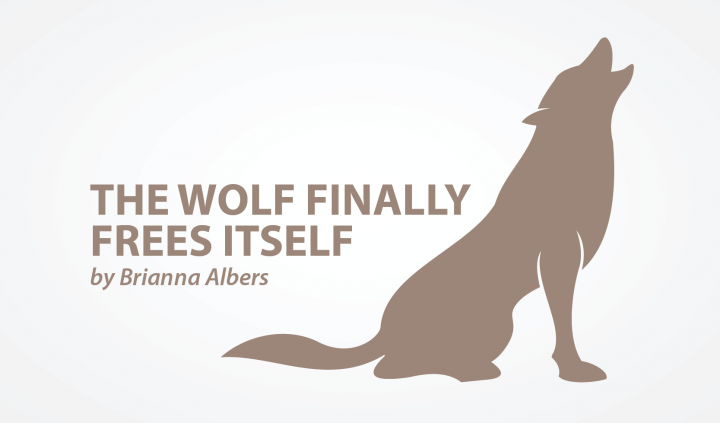This Summer, I’m Reading the Work of Disabled People of Color

Reader, it’s already June. How is that possible?
On one hand, it feels like no time has passed. Part of me is convinced that the green, sun-dappled world outside my window is an illusion — poke it enough and the ice and snow of Minnesota winters will come tumbling out. On the other hand, time is clearly passing. My lovebug, Rey, is growing bigger by the day. My hair is longer than it’s been in years, and the flowers on my bedside table are undeniable evidence of summer.
My brain is stuck in February. The weeks leading up to the pandemic, with catastrophic opinion pieces and global shortages of toilet paper. But it is, somehow, also June. The other day, I went outside without sunscreen, which is to say I’m sporting a sunburn. I haven’t logged into my university’s online portal in months. I’m nearly halfway through the first revision of my novel, and I have free time — a foreign concept to most graduate students.
I’m embracing post-graduate life. But I’m also trying to use my time wisely. I work well under deadline, so my goal is to send my completed manuscript to trusted friends and critique partners by mid-July. The jury’s still out on whether that will actually happen, but I’m feeling optimistic.
I’m also trying to read more. Part of being a good writer is, of course, being a good reader. Once I send my manuscript to the people I love most in the world, I’m going to dedicate myself to something I call “genre education” — devouring any space fantasy novel I can get my hands on, paying special attention to plot and character and pacing, otherwise known as the bane of my existence.
Part of my work as a writer, particularly as a writer interested in social justice, is uplifting the voices of the marginalized — especially the 29% of non-Hispanic Black individuals who live with a disability. I love speculative fiction. I love fairy tales, sci-fi, magical realism, and your run-of-the-mill fantasy. But I also love stories that highlight diverse experiences. If I’m going to write meaningfully about social issues, I need to sit with and learn from the multiply marginalized.
Without diverse narratives, socially conscious genre education is incomplete. So I’m making an effort to use my free time wisely. Between revisions and socially-distanced friend dates and cuddles with my lovebug, I’m going to read as many books by Black, indigenous people of color (BIPOC) with disabilities as I can. And, to keep myself accountable, I’m going to dedicate one column per month to what I’ve learned. In this way, I hope to boost the work of disabled BIPOC and expand our community’s understanding of intersectional disability advocacy.
My first book is “The Pretty One: On Life, Pop Culture, Disability, and Other Reasons to Fall in Love With Me” by Keah Brown. Advocate and creator of the viral hashtag #DisabledAndCute, Brown explores what it means to be Black and disabled in a mostly white, able-bodied America. I’ve been following Brown for years and have heard incredible things about her debut. Plus, as we all know, essays on the intersection of disability and pop culture are right up my alley.
I invite you to support the work of disabled BIPOC and read along with me. Purchase a copy, if your finances allow, or borrow the book from your local library. I’ll be back next month to discuss my takeaways from “The Pretty One.”
***
Note: SMA News Today is strictly a news and information website about the disease. It does not provide medical advice, diagnosis, or treatment. This content is not intended to be a substitute for professional medical advice, diagnosis, or treatment. Always seek the advice of your physician or other qualified health provider with any questions you may have regarding a medical condition. Never disregard professional medical advice or delay in seeking it because of something you have read on this website. The opinions expressed in this column are not those of SMA News Today, or its parent company, Bionews Services, and are intended to spark discussion about issues pertaining to spinal muscular atrophy.








Leave a comment
Fill in the required fields to post. Your email address will not be published.